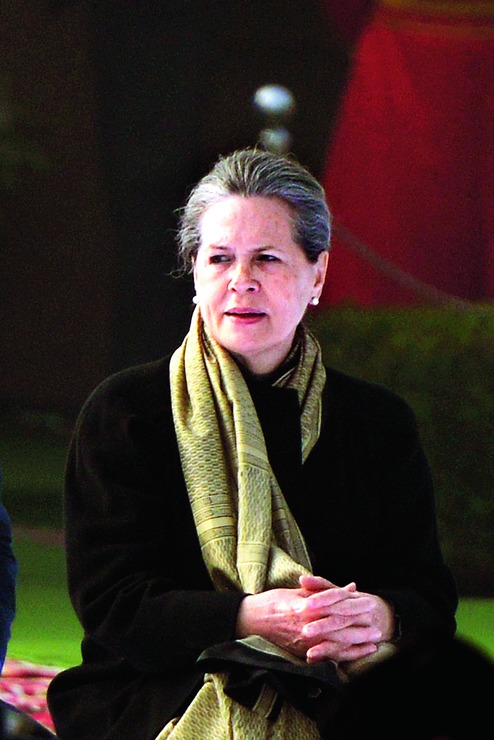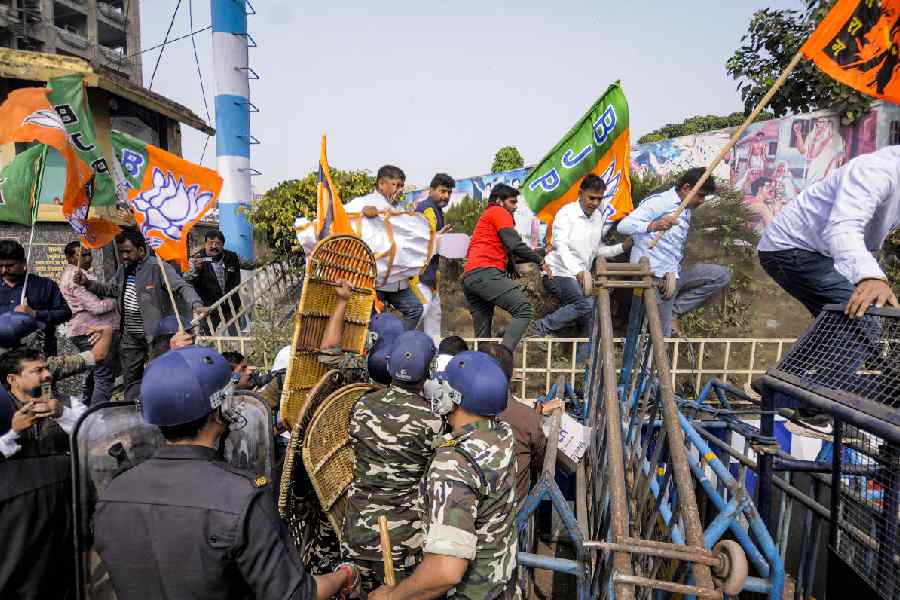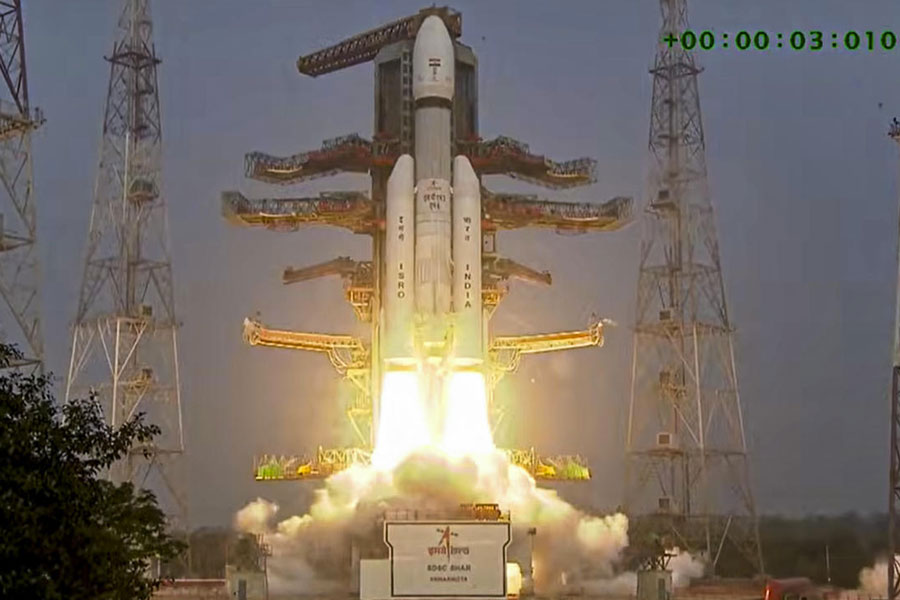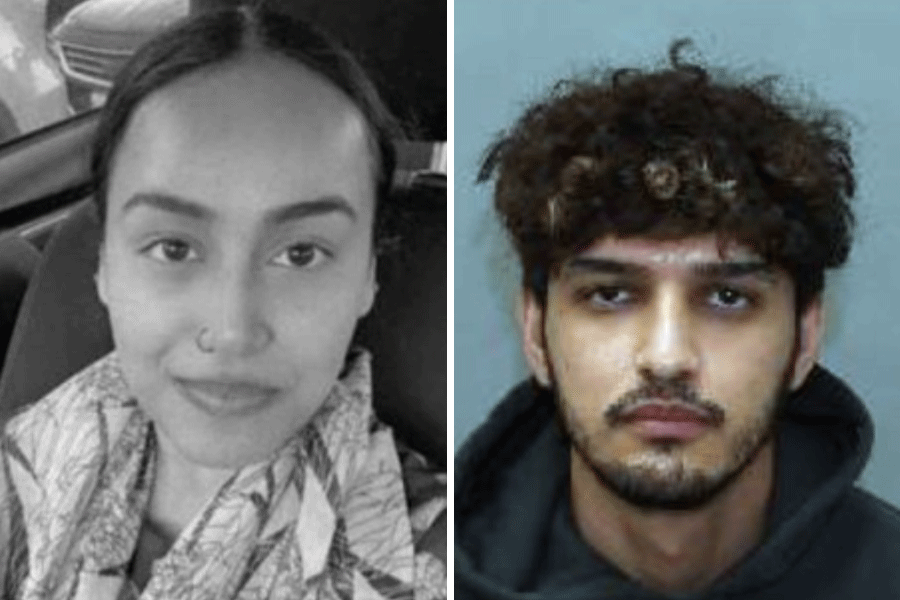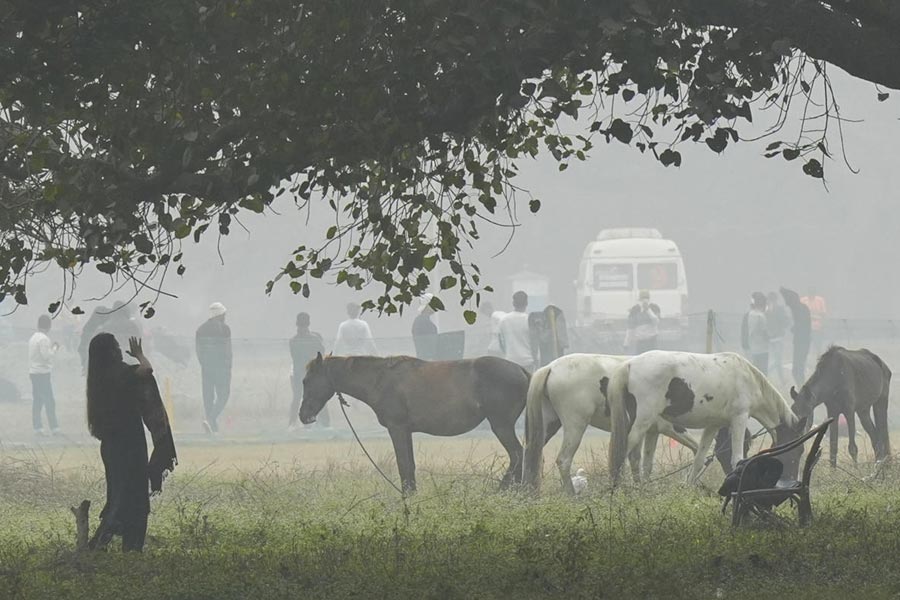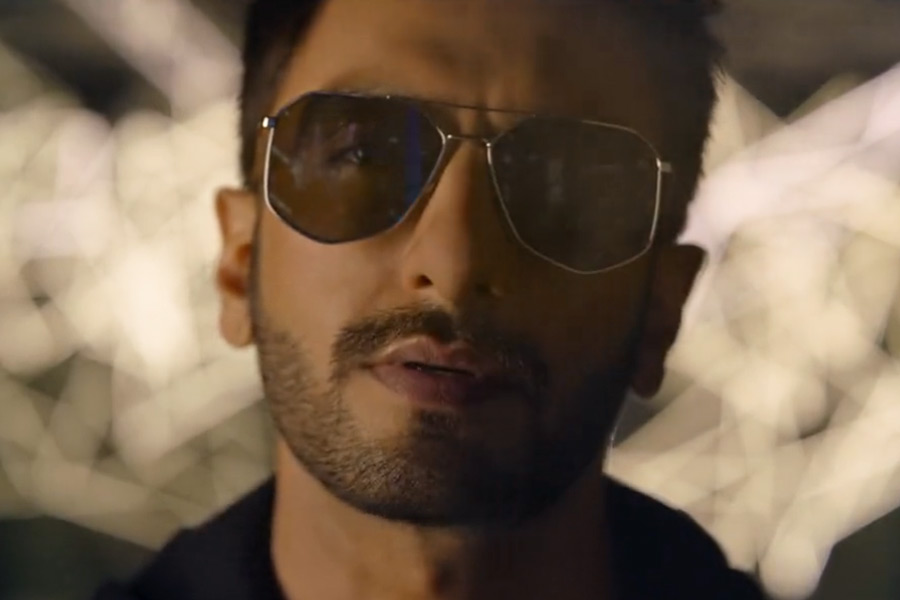
New Delhi, May 3: Senior Opposition leaders have set the ball rolling to give a formal shape to a united front before the presidential elections in July following positive initial discussions on a broad alliance to take on the BJP.
The process got a fillip when Congress chief Sonia Gandhi spoke to Samajwadi Party patriarch Mulayam Singh Yadav and Rashtriya Janata Dal boss Lalu Prasad, while National Conference leader Omar Abdullah met her today.
Congress vice-president Rahul Gandhi spoke to Akhilesh Yadav, the Samajwadi chief and Mulayam's son.
Sonia is scheduled to meet Trinamul leader Mamata Banerjee, BSP chief Mayawati and the DMK's M.K. Stalin over the next few days.
Parties like Odisha's ruling BJD, AIADMK, Telangana Rashtra Samiti and the Shiv Sena, the BJP's Maharashtra partner, will also be consulted soon in the context of the presidential poll.
Senior leaders involved in the process - that started with informal discussions during the budget session of Parliament -insisted the exercise was not restricted to the July election, saying the aim was to create a national alternative to the BJP before the next general election in 2019.
"It is definitely not merely electoral. It is political; we want to resist the rise of communal forces collectively," a senior leader told The Telegraph. "Like the UPA, we are forging a broad alliance of secular parties. There will be a formal structure soon with a chairman and a convener."
While Sonia is expected to be the chairperson, the names of Bihar chief minister Nitish Kumar, NCP veteran Sharad Pawar and Bengal chief minister Mamata are being considered for the post of convener.
Sources said the presidential election was being seen as the stepping stone for the new front.
Leaders from several parties hailed Sonia's return to active politics to shoulder the responsibility at a time the BJP has swept away rivals in a host of states.
Sonia had completely withdrawn herself from political activities, refusing to meet even Congress leaders. She didn't even attend major Congress events. But she stepped out of the self-imposed exile, realising that Rahul had not yet developed a rapport with leaders of other Opposition parties, some of whom felt that he didn't even have the stature to lead them.
Sources said the most striking feature of the initial negotiations was the flexibility shown by traditional rivals like the Left and Trinamul, and the Samajwadi and the BSP.
They said the veterans succeeded in demolishing barriers by recalling 1989, when most of the secular parties, including the Left, had supported the V.P. Singh government along with the BJP.
Congress leaders argued that if the Left could join hands with the BJP to oust the Rajiv Gandhi government, why couldn't they team up with Trinamul to fight the communal threat looming over the country now.
The sources said CPM leader Sitaram Yechury had already clarified that the Left's antipathy towards Trinamul would not be a hurdle in the quest for a larger unity.
Akhilesh too has indicated that the Samajwadi has no objection to state rival BSP's inclusion in the front. "We will have to be flexible," one leader said. "If two parties want to contest against each other in a specific area despite being part of the national coalition, we will have to tolerate that. This shouldn't derail our efforts."The 1989 example has been liberally cited to address the confusion. This is when the National Front had come into being with parties like the Janata Dal, Telugu Desam Party, DMK and the AGP, supported from the outside by the Left and the BJP.
In 1996, these parties had formed the United Front and the government headed by H.D. Deve Gowda and later by I.K. Gujral to keep the BJP out of power.
The Congress had supported the United Front governments.

